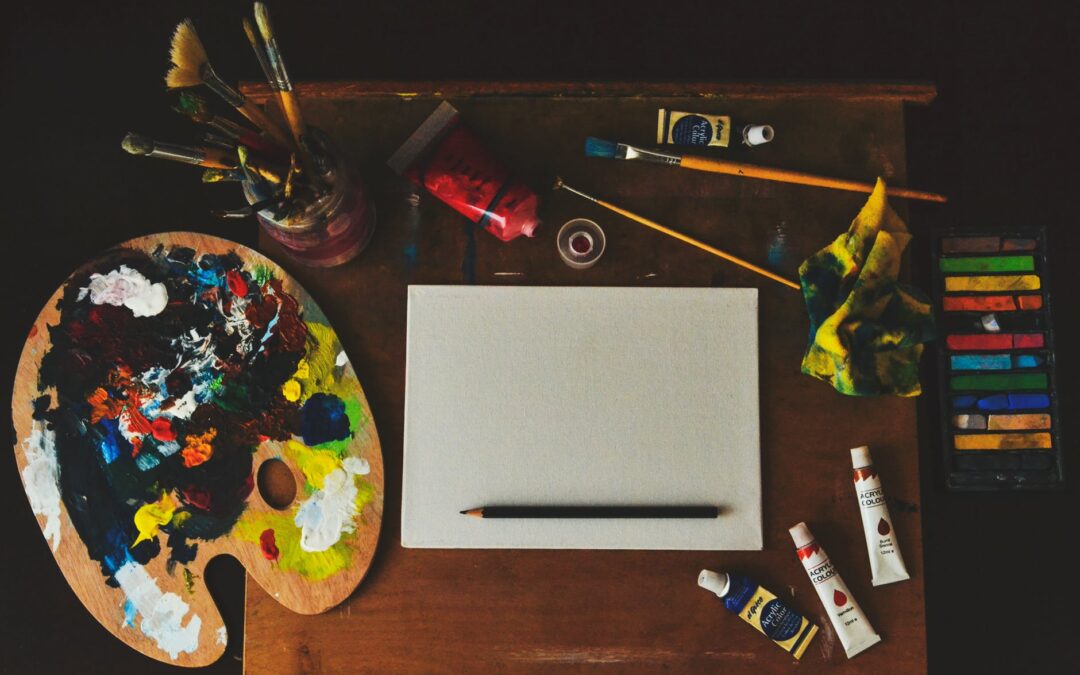The arts are a tangible and sensory experience that allows one to express themselves. Creation might serve as a way to unblock, release, and illuminate emotions that may need more attention. Each individual grief journey brings forth different experiences for each loss survivor. With that being said, what helps one person cope may not help the other.
Grief art is a possible outlet that could potentially provide a healing experience. Keep in mind, you should only do activities that will not be too triggering. Do your best to gauge how you’re feeling and base an activity around that. For example, if thinking too much about your loved one or touching their personal items makes you spiral into intense sadness, choose an activity that is not centered around memorializing your loved one. You might take a piece of paper and mindlessly doodle.
Visual Arts have a wide range of different creative possibilities. You may feel drawn to create a memorial piece that honors your loved one. You may also want to take a more abstract approach and use art to represent your feelings. Some ideas include:
- Decorate a meaningful object.
- Sketch a tribute piece of art to your loved one and get it as a tattoo.
- Take a blank canvas and freely pour paint with no set idea of how it will turn out.
- Paint a wooden box to put sentimental objects in.
- Decorate a personalized garden stone to honor your loved one and connect with them in nature.
Music has a special way of evoking nostalgia. It also might have a calming effect. Ways in which you can incorporate music into your healing journey include:
- Listen to relaxing music whenever you feel overcome with sorrow or sadness
- Write a song in honor of your loved one.
- Create a playlist of all of your loved ones favorite songs or shared special songs you might’ve had with them.
Writing allows you to get out your thoughts and feelings. You might feel overwhelmed with worry and can not seem to shut your mind down. Research has shown that journaling can help with depression, anxiety, and reduce intrusive thoughts associated with past trauma.
- Sit down and freely write about how you are feeling without worrying about judgment or misspelled words. You can think of this exercise as literally pouring out your every thought and releasing what is all too consuming.
- Write a letter to your loved one. You might keep it, rip it up, or burn it after. It is entirely up to the author.
- Use simple journal prompts to check in with yourself as often as possible
Admittedly, as of now grief art research is few and far between, but there has been some data to show the effectiveness it has for some participants. A study that was conducted in 2018 explored the therapeutic effectiveness of using visual art modalities with the bereaved. It found that the 27 art studies aided adult participants in developing coping skills to manage their grief. One skill was how to make sense of their loss and preserve their loved ones legacy.
As previously stated, every loss and relationship is different. We can acknowledge that every grief journey varies. There is not one forged healing path model that can be applied to all loss survivors. The awareness of grief art is something to keep in your back pocket if you or someone you know might benefit from it.




Recent Comments